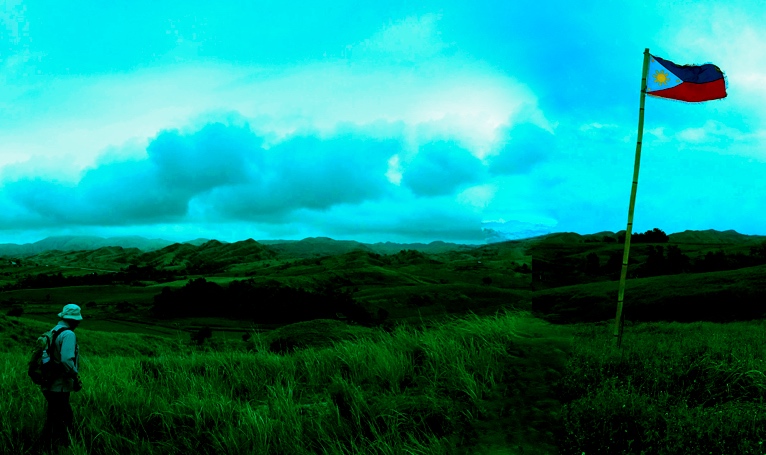How Philippine core values already made us human?
Article and Photo by Dr. Rebekka Volmer
Is Bulalo the signature soup of Batangas or Tagaytay? No matter what answer is correct, cooking beef shanks and marrow bones until the fat has melted into a clear broth creates a delicious soup. Not only Filipinos, but most foreigners are also impressed by this dish and love to slurp out the marrow. But what is the secret of this soup making it unique in the world?
Looking to the north of Luzon, we can also find something unique in the world. In Kalinga, Cagayan Valley in Northern Luzon, a fossil rhinoceros skeleton was found by a team of archaeologists from the University of the Philippines. Rhinos were once part of the environment of Luzon, similar like in Indonesia today. This animal migrated from China or India to the Philippines and Indonesia during the last ice age. Fossils of this animal can be found in both countries. However, the rhino from Kalinga revealed something unexpected. The foot bones show so-called cutmarks. These are traces demonstrating that someone was shopping off meat with stone tools – the rhino was butchered by humans.
The find is so spectacular that Dr Thomas Ingicco, a former faculty member of the University of the Philippines, published an article in the high reputational journal “Nature”. International researchers from all over the world are taking a long journey to visit Kalinga. Last week, Dr Michael Märker was invited in the frame of the World Expert Series Lecture, and came all the way from Italy, taking three planes, two cars and one hike, only because he wanted to see the place of this spectacular find. Kalinga, once known as a region of political unrest and occasional outright war, became now famous among top archaeologists worldwide.
It must have taken a long while to butcher a rhinoceros with simple stone tools. Although sharp blades can be produced, stone tool quickly gets blunt. Butchering a large animal like a rhino required the use of numerous stone tools. However, deer, buffalos and pigs, our favourite prey today were also present at that time. They were easier to hunt and quicker to butcher than the rhino. Thus, we might ask, why our ancestors were taking the risk and time to hunt and eat a large animal like the rhino.
“The forearm of the rhino from Kalinga was crushed with a large hammerstone,” explained Mylene Quinto Lising, who is currently doing a PhD in archaeology funded by the Gerda Henkel Foundation. Our ancestors were not only eating the meat, but also the bone marrow of the rhinoceros. As we love to eat Bulalo today, our ancestors already ate the delicious and high nutrient bone marrow more than half a million years ago.
Hunting a large animal like a rhinoceros was also providing meat and bone marrow for a large group. The find reveals that food was shared within a large community, maybe up to 100 people. More than half a million years ago values of strong family bonds and sharing were already making us human.
But why our ancestors have been so keen on the marrow? Bone marrow is high in fat and iron and provides a lot of calories. Thus, it was surplus energy for a feeding a large number of people. However, the significance of bone marrow is its taste and aroma. The belief that our ancestors were mostly living on the edge and simply doing the necessary basics to survive is thus not true. More than half a million years ago, early humans were taking their time to access the bone marrow, probably because it was simply delicious.
The excavation technician from the Archaeological Studies program is also an excellent chef. He cooks the most delicious Bulalo, I personally have tried so far. However, for me as a German, it always appears like forever until he is finished with cooking. And here it comes to the secret ingredient of Bulalo: patience.
The time you need to wait until the meat becomes so tender to fall off the bone. The hours of simmering giving Bulalo its rich texture. The key to getting the best out of something is patience. It is also a sign of luxury of having enough time. Time our ancestors apparently had to hunt and butcher a large animal, like the rhino of Kalinga. Apparently, they have been a successful and large community, having enough time for a delicious meal.
The artefacts are currently displayed in the National Museum of Natural History located at the Rizal Park in Manila.
http://www.nationalmuseum.gov.ph/nationalmuseumbeta/Visit/Visit.html














